Qu'est-ce que le film BOPP et où est-il utilisé ?
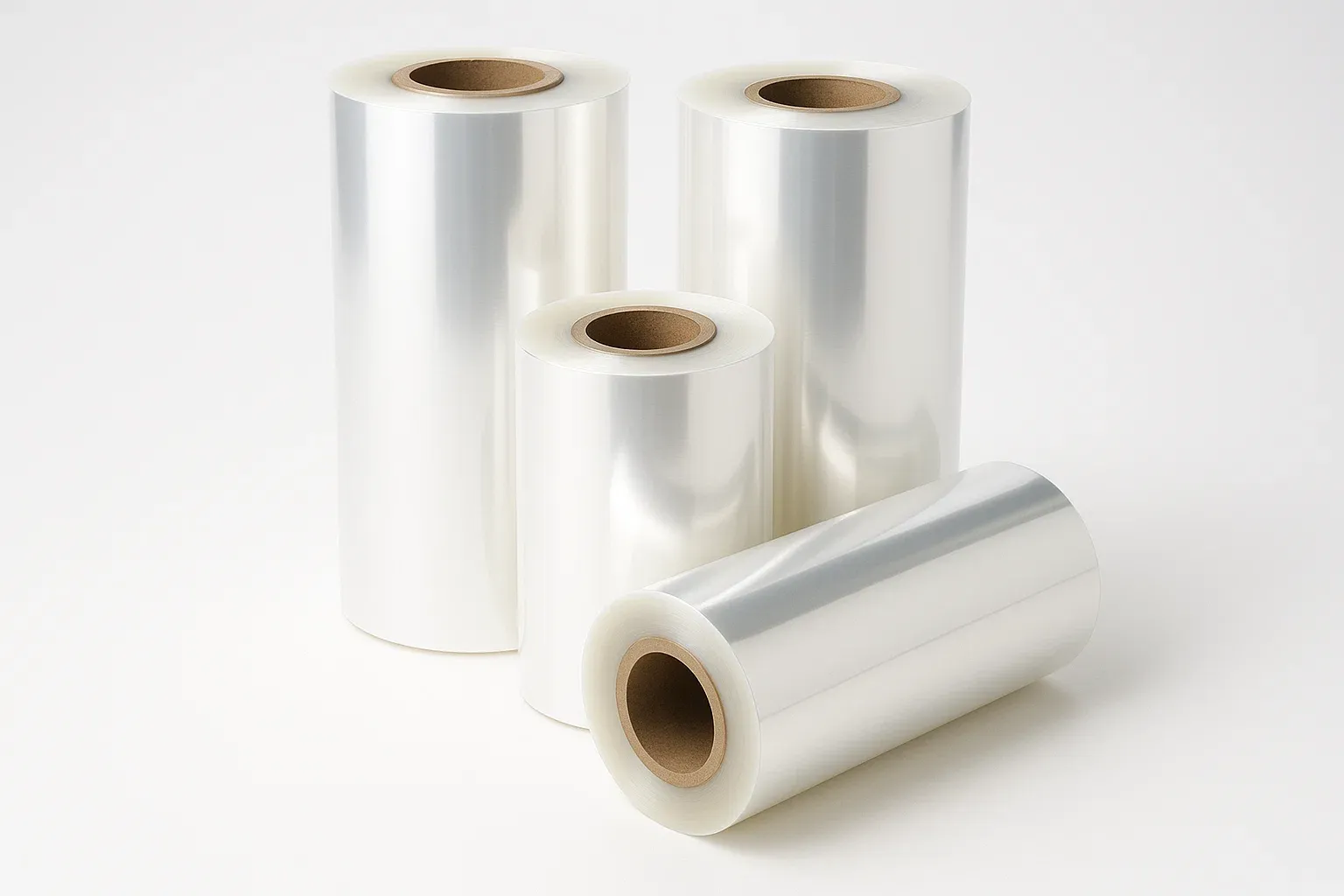
%%
Film Biaxially Orienté Polypropylène (BOPP)
%%
- Le BOPP est un matériau d'emballage polyvalent créé par l'étirement du film de polypropylène dans les deux directions machine et transversale. Ce processus améliore ses propriétés physiques, le rend une choix préféré pour l'emballage flexible. %%
- Caractéristiques Clés et Applications : %%
- Haute Clarté et Gloss : %%
- Idéal pour l'emballage de détail (par exemple, aliments, fleurs) pour améliorer l'attrait du produit. %%
Excellent Barrière à l'Humidité :
%%
Protège le contenu de l'humidité, parfait pour les collations comme les chips et les biscuits.
%%
- Haute Ténacité :
- %%
- Fort et durable, utilisé pour des rubans adhésifs, des étiquettes et des laminations.
%%
Superbe Imprimabilité :
- %%
- Sa surface lisse permet une impression de haute qualité pour les biens de consommation branding.
- %%
Sources Courantes de Déchets de Film BOPP
%% Les flux de déchets BOPP sont principalement divisés en déchets post-industriels, qui sont propres et faciles à recycler, et les déchets post-consommateurs, qui présentent plus de défis. %% Sources Post-Industrielles %%
C'est la source de recyclage la plus qualitative, généralement propre et non contaminée.
%%
Trimmings d'angle et déchets de démarrage de la production de film.
%%
Rôles défectueux des processus d'impression et de lamination.
%%
Stock non utilisé et déchets d'emballage des usines.
%%
Équipements Recommandés
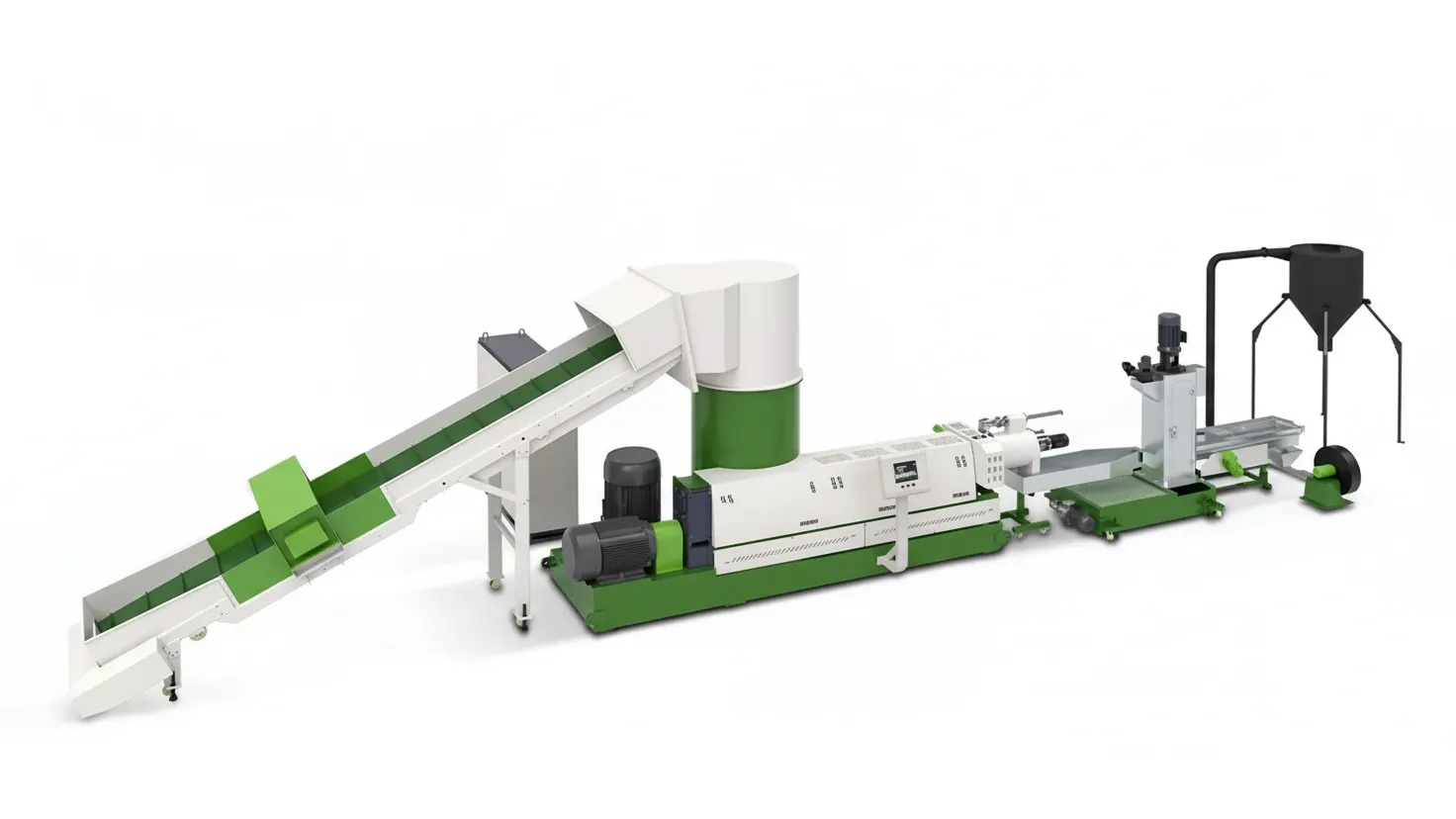
Système de granulation de film BOPP
Sources Post-Consommateurs
- %%
- Ces déchets sont souvent contaminés par des encres, des adhésifs et des résidus alimentaires, nécessitant un processus de recyclage plus robuste.
- %%
- Déchets d'emballage alimentaire jetés (par exemple, sacs de chips, emballages de nouilles).
Rubans adhésifs et étiquettes utilisés.
%%
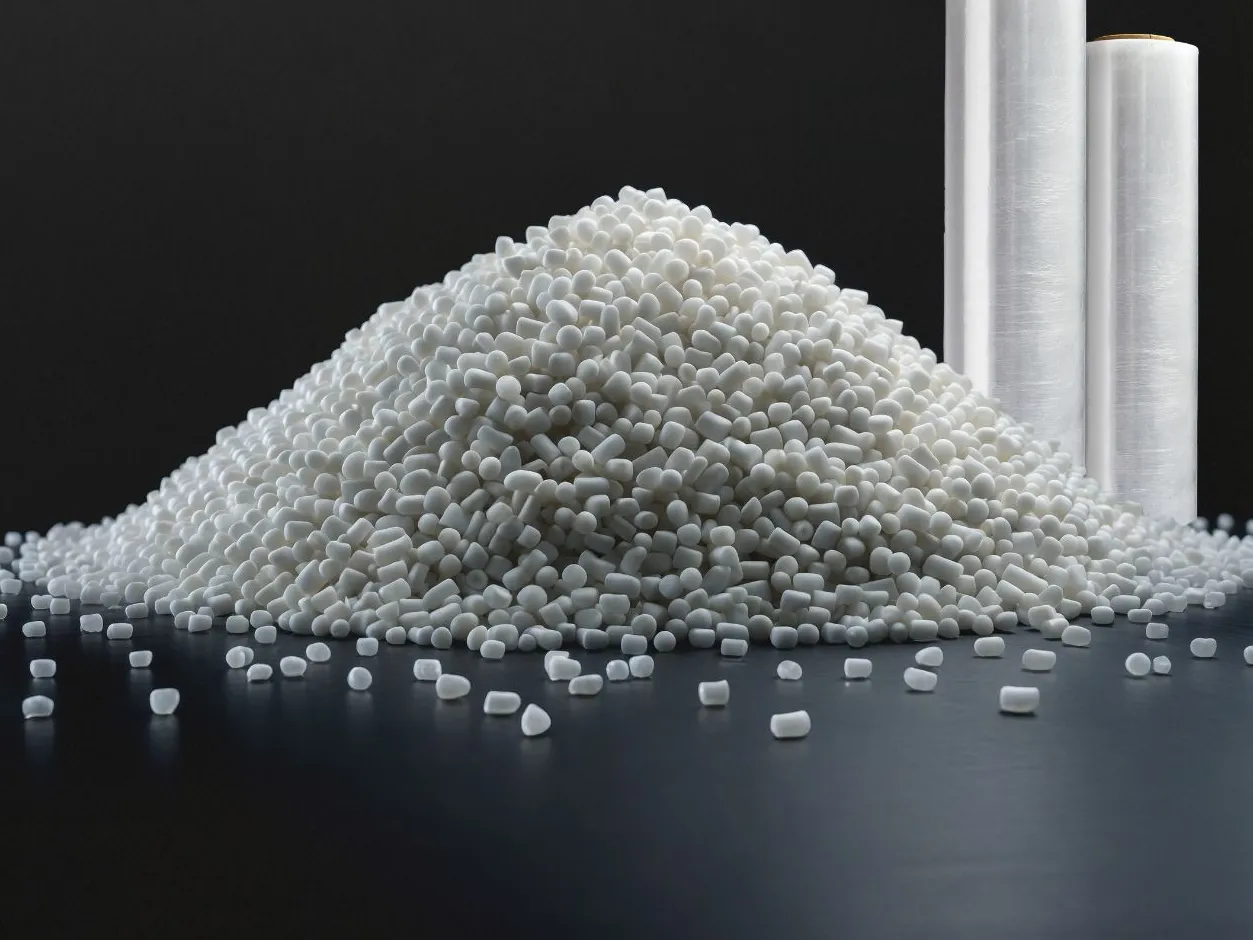
Film d'emballage de déchets des magasins de détail et des centres de logistique.
%%
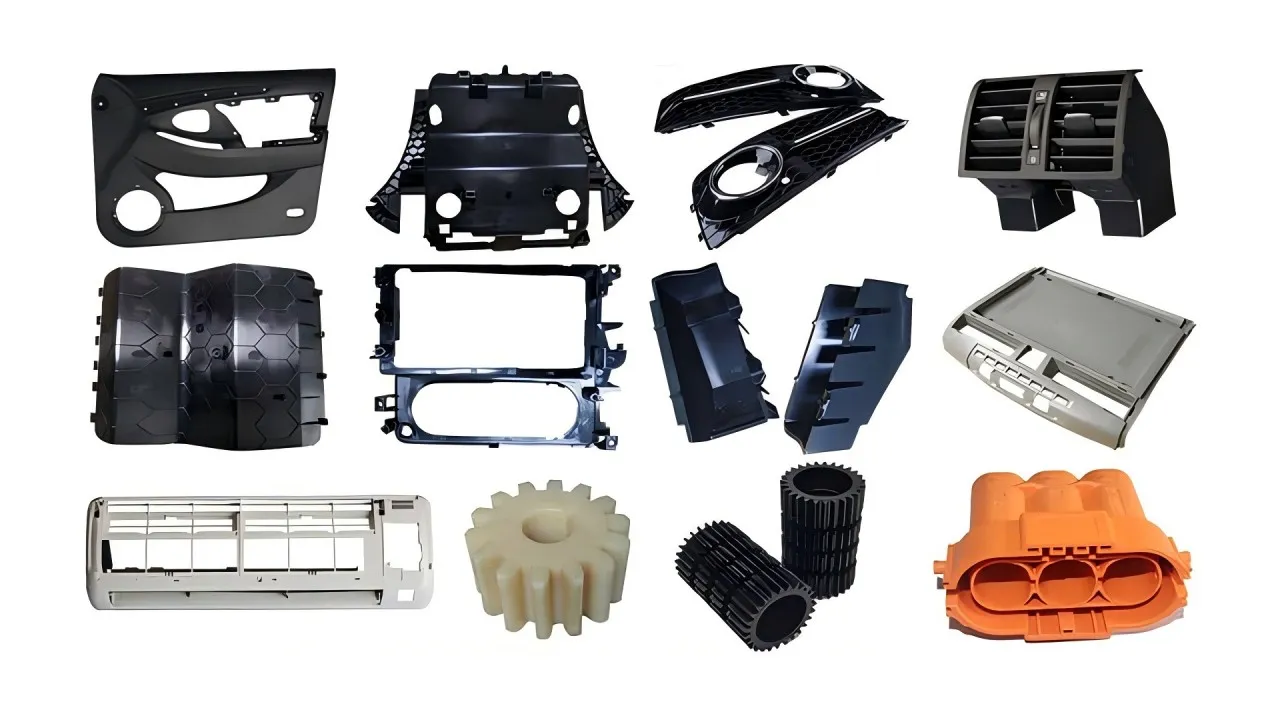
Le Processus de Recyclage du Film BOPP et la Technologie
%%
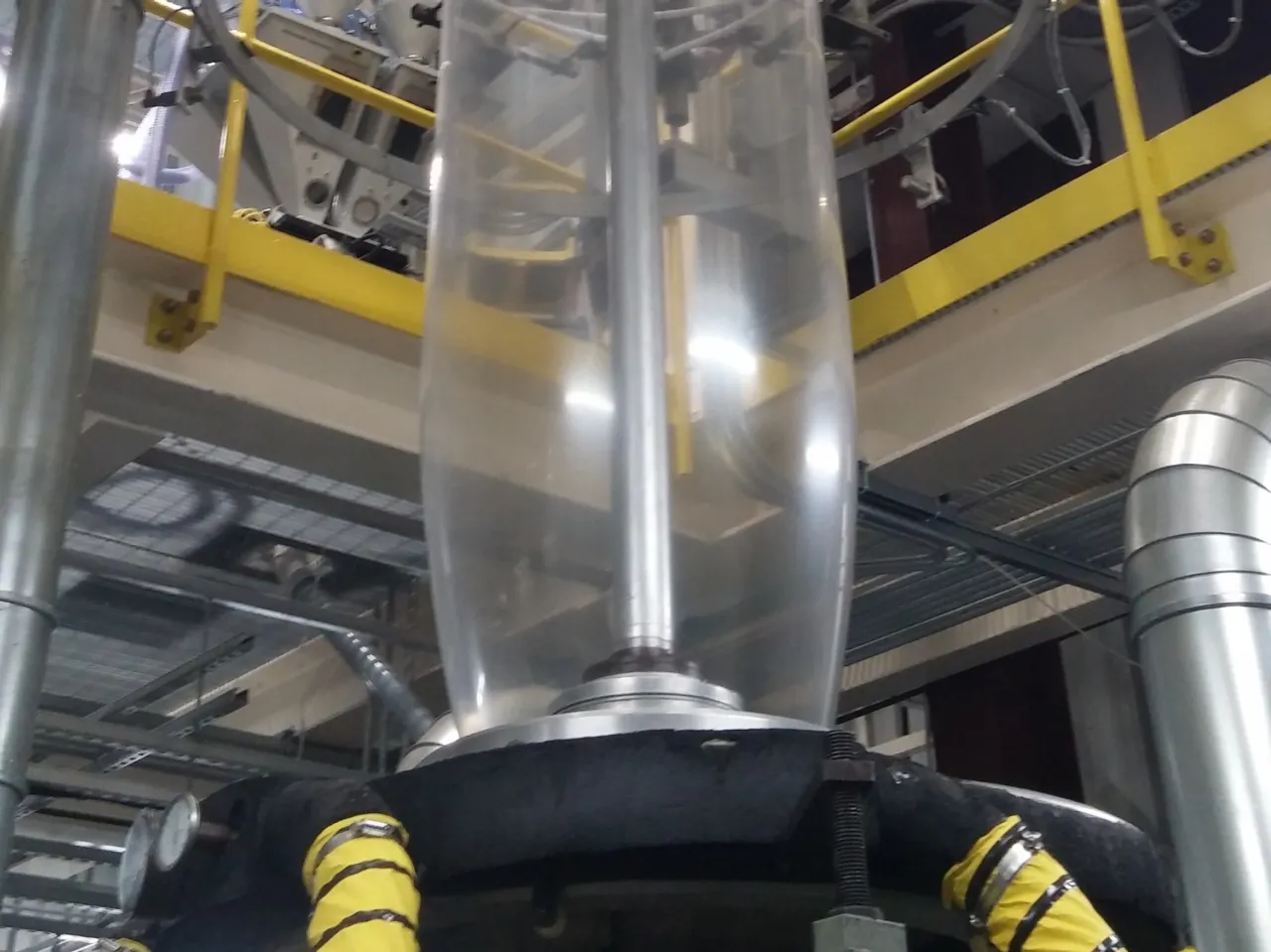
Comprendre
%%
comment recycler le film BOPP de manière efficace nécessite un processus spécialisé. Une ligne complète
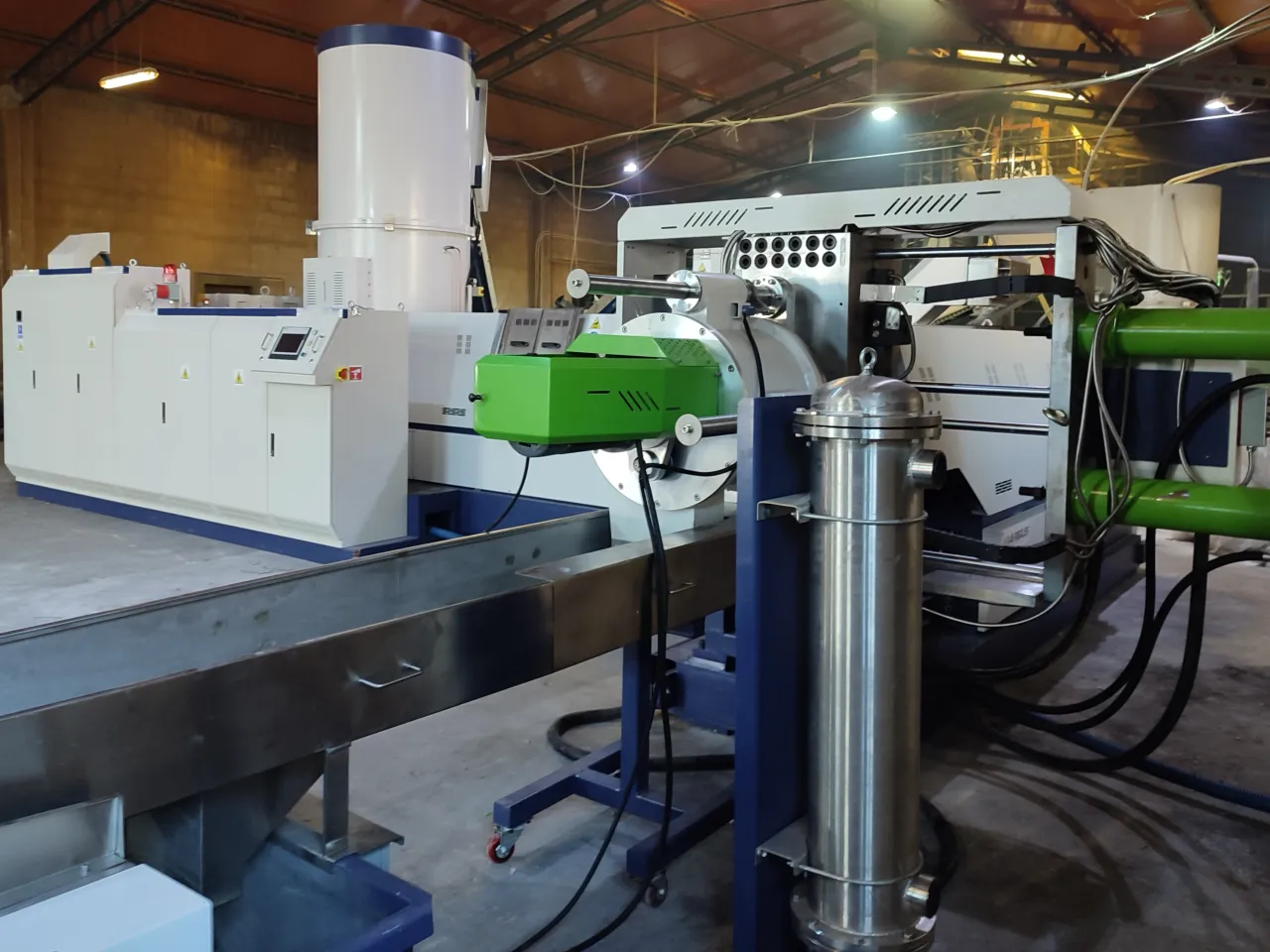
%%
Défi : de granulation de film BOPP
Solution : %% Système de granulation de film BOPPautomatise ces étapes pour produire des granulés recyclés de haute qualité.
%%
Étape 1 : Écrouissage et Écrasement
Foire aux questions (FAQ)
Des rouleaux grands ou des films dispersés sont introduits dans un broyeur ou écraseur robuste, qui réduit le matériau en petites lésions uniformes pour faciliter le traitement et le lavage.
%% Étape 2 : Lavage et Séparation
%% Nos extrudeuses sont équipées d'un système de dégazage sous vide à double zone qui élimine les composés organiques volatils (VOCs) des encres et des revêtements, assurant que les granulés finaux sont denses et sans bulles d'air.
Le prix d'une machine de recyclage BOPP varie en fonction de la capacité (par exemple, 300 kg/h, 500 kg/h, 1000 kg/h), de la contamination du matériel d'entrée, et du degré d'automatisation nécessaire. Pour obtenir un devis personnalisé et concurrentiel adapté à vos besoins spécifiques, veuillez contacter notre équipe d'ingénierie. Comment se différencie le recyclage BOPP du recyclage PET ou PE ? Les principales différences se trouvent dans les propriétés du matériau et le processus de traitement. Le BOPP (un type de PP) a une densité inférieure à l'eau, donc il flotte, tandis que le PET coule. C'est cela qui constitue la base de la séparation sur la ligne de lavage. De plus, le film BOPP est léger et fluffy, nécessitant un distributeur de force ou un agrégateur spécialisé sur l'extrudeuse pour assurer une alimentation stable, une fonctionnalité qui n'est pas toujours nécessaire pour des matériaux plus denses comme les bouteilles PET broyées.
Nos experts sont là pour vous aider à concevoir la solution de recyclage parfaite pour vos besoins. Contactez-nous aujourd'hui pour une consultation gratuite et un devis détaillé sur un système qui augmentera votre efficacité et votre rentabilité.
Obtenez un devis gratuit maintenant
Qu'est-ce que le recyclage EPS ? Un guide complet pour des opérations durables et rentables
Rôles de film BOPP